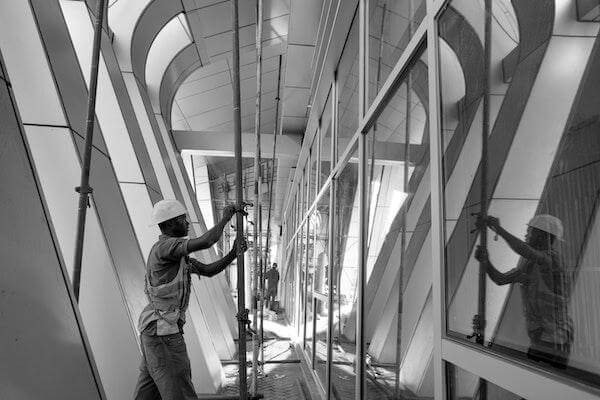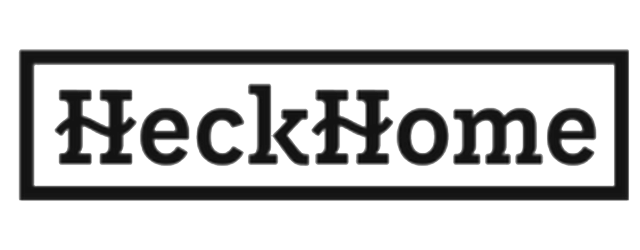
A 360 Degree camera is a camera that records continuously in all directions, hence the name ‘360’. The idea behind this type of camera is to record a scene from every angle so that viewers can explore a virtual environment as if they were there. In construction, a 360 Degree camera is used to capture the view from all angles of a building and its surroundings so that a viewer can explore what lies beyond the boundaries of their design studio. Below, we will cover some of the benefits of using such a camera in construction.
Helps You See If the Design Meets all the Requirements
Making sure every aspect of your invention is functional and wants to be is essential in any project. Using a 360 Degree camera will allow you to explore beyond the walls, looking at how good or bad your building and its surroundings are, helping you make sure everything is perfect.
Show the Periperhial View of the Building
A 360 Degree camera removes the shape of the building from your view and allows you to see what the design is, allowing your vision to be truly aware of the layout and space. Because this is non-linear, you can quickly see how much usable space there is within your design so that you don’t get too many or very few rooms or other areas in your plans.
Visualizes the Surroundings
A 360 Degree camera brings your design into full view of its surroundings and the views of those around you. Because your opinion is beyond the boundaries of your plan, you see how space is used both up and down as well as side to side.
Shows You Where To Place Furniture or Fittings
In a project, it’s essential to know precisely where all the furniture will go before starting work so that you don’t make any mistakes with placement. A 360 Degree camera will allow you to place the table before and after the design is made so that there are no surprises and you end up wasting time.
See what Cannot Be Captured by Standard Drawings
Because a 360 Degree camera will enable you to capture more of your design than a conventional picture and model, it helps your project. It provides valuable insight into how everything in your design works together.
Exposes Problems with Your Design Early On
Most problems in a project happen when things are built, so using a 360 Degree camera will allow you to find most of your mistakes early on and fix them before they become significant issues. It will also enable the drawing of your design to be more detailed so that it becomes easier to follow and understand.
Gives Free and Open Communication
With a 360 Degree camera, you can communicate any issue or problem to your clients or other parties easily and quickly. You’re also able to communicate any changes that may be needed in a project. With this technology, there is no lack of clarity on what’s in the design and where everything is going.
Provides Valuable Insight Into the Design
A 360 Degree camera will include not only the limitations of your design but also all the potential options for future development and changes. It can help you decide what to change in the design before building it, giving you invaluable insight on how to improve and make your project better.
Shows Other Designers, Architects, and Consultants Your Ideas
Seeing your design all around will allow other designers, architects, or consultants to see what has been done and give them valuable input. It is vital in getting design approval as it will save time and effort.
View Your Design from Different Angles
The 360 camera for construction will enable you to view your plan from any angle, giving you more freedom and control over how to view your project, unlike a drawing or model that has a limited range of views. It will help evaluate whether the design looks good or bad, giving you a wealth of information about what needs improvement.
The Bottom Line
A 360 Degree camera is a valuable tool in the construction process that will allow you to see beyond your design and help you create a good and functional building. Without these cameras, the possibilities of what could be built are limited by only what can be captured on paper, and with it, the options of wasted time, cost overruns, loss of design approval, and poor communication. Use them today to give your project a better chance at success.
Steven Bennett
Related posts
Stay connected
Today's pick
- Enhance Your Images: Effortlessly Remove Object from Photo Today!In today’s visually-driven world, the quality of images plays a crucial role in attracting attention and conveying messages effectively. Whether you’re a professional photographer, a social media influencer, or an e-commerce entrepreneur, having clean and polished images is essential. However, sometimes unwanted objects or elements... The post Enhance Your Images: Effortlessly Remove Object from Photo […]
